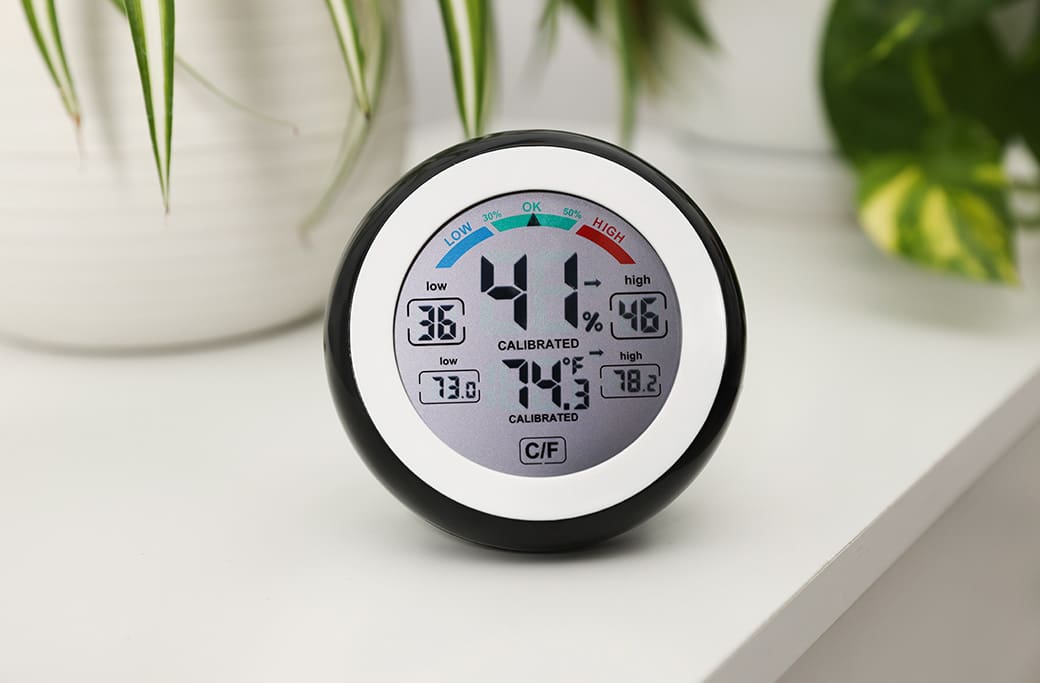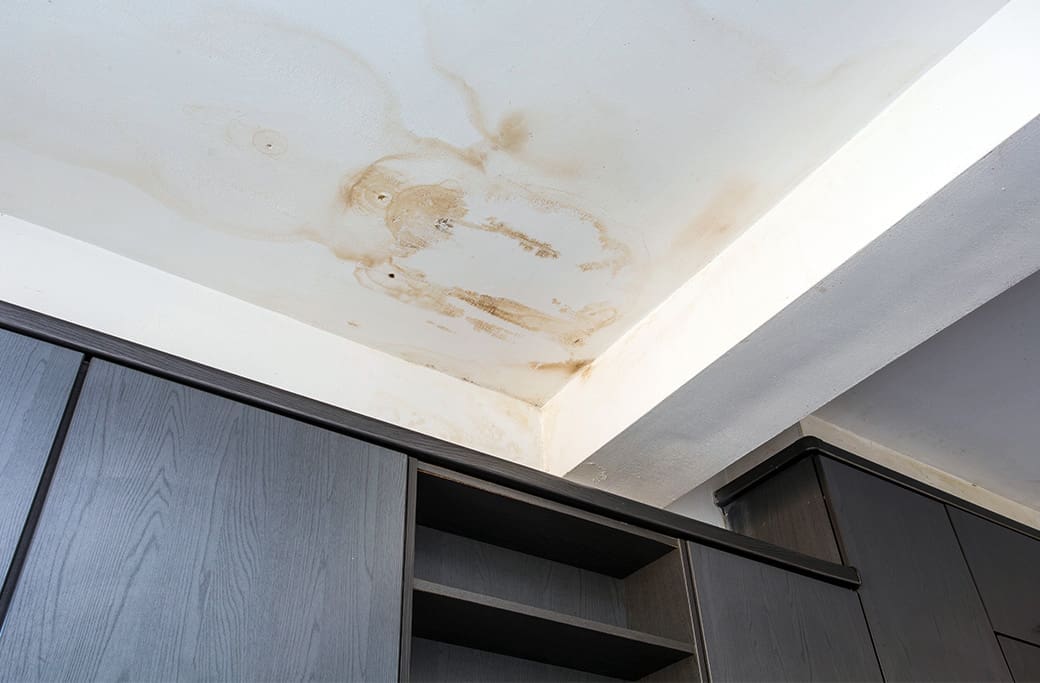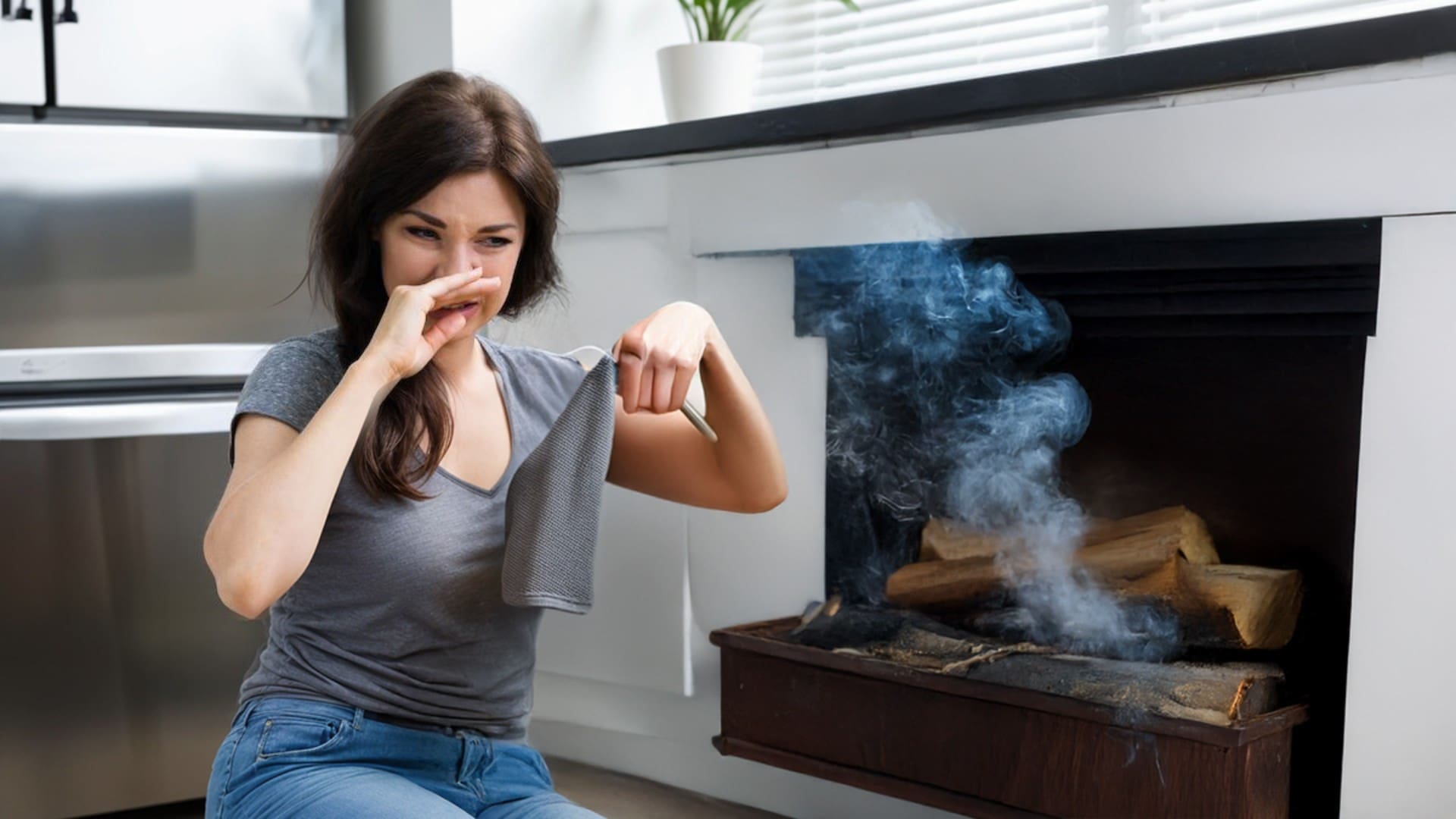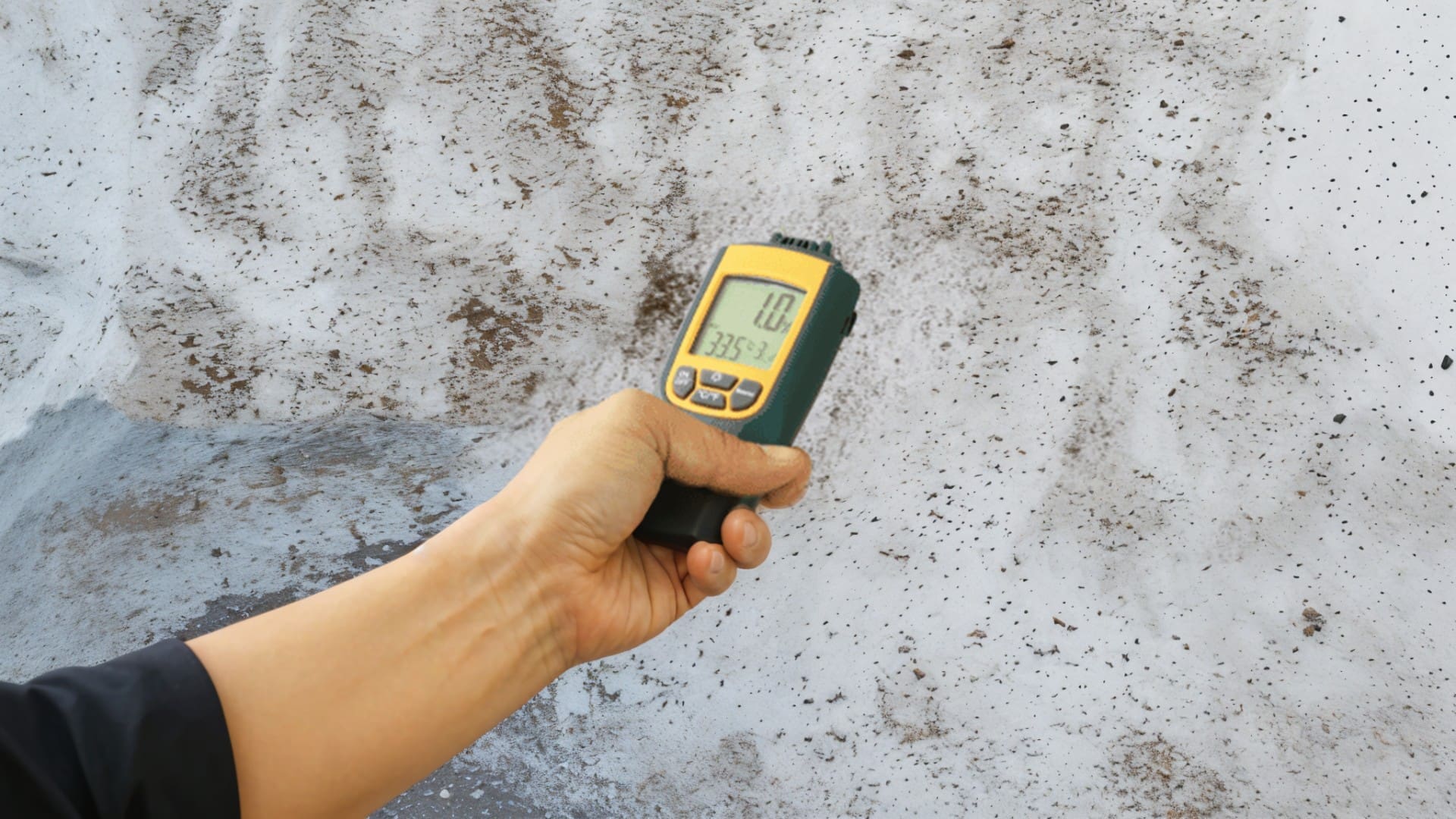
Did you know that mold can start growing within just 48 hours in the right conditions? Alarmingly, it’s estimated that around 70% of homes have some form of mold. With such startling facts, it’s essential to understand how to prevent and manage mold growth effectively. Specializing in mold remediation, STOP Restoration is your go-to expert for keeping your home safe and mold-free.
Understanding Mold Growth
Mold Basics
Mold is a type of fungus that’s present almost everywhere, both indoors and outdoors. It reproduces through tiny spores that travel through the air. Mold can thrive on any organic material, including wood, paper, and fabric, making it particularly troublesome in homes.
Conditions for Growth
Mold needs three things to grow well—moisture, the right temperature, and a food source. Among these, moisture is the most critical factor. Without sufficient humidity, mold spores cannot germinate and grow. Typically, mold thrives in humid environments where the relative humidity is above 60%.
Health Impacts
Exposure to mold can lead to various health issues, including respiratory problems, allergic reactions, and even neurological symptoms. Long-term exposure can exacerbate chronic conditions such as asthma and other respiratory illnesses. Hence, controlling mold is not only vital for the structural integrity of your home but also for your health.
Importance of Humidity Control
Humidity and Mold
The relationship between humidity and mold growth is straightforward. High humidity provides the moisture that mold needs to thrive. When indoor humidity levels are consistently above 60%, the conditions become ripe for mold growth. Conversely, maintaining lower humidity levels can help prevent mold spores from germinating.
Optimal Humidity Levels
To prevent mold growth, it’s recommended to keep indoor humidity levels between 30-50%. This range is considered comfortable for humans and inhospitable for mold. Using tools like hygrometers can help you monitor these levels effectively.
Consequences of Poor Humidity Control
Failing to manage humidity can lead to severe consequences. Persistent high humidity levels can cause not only mold growth but also structural damage to your property. Wood can rot, and metal can corrode, leading to expensive repairs. Additionally, mold can deteriorate walls, ceilings, and floors, making spaces unsafe.
Preventing Mold Through Humidity Control
Monitoring Humidity
One of the simplest ways to keep track of humidity levels in your home is by using a hygrometer. These devices are inexpensive and can provide real-time data on your indoor humidity levels. Place them in areas prone to moisture, such as bathrooms, kitchens, and basements.
Ventilation
Proper ventilation is crucial in controlling humidity. Ensure that areas like bathrooms and kitchens have adequate exhaust fans to expel moisture-laden air. Opening windows periodically can also help circulate fresh air, reducing indoor humidity.
Dehumidifiers
Dehumidifiers are a practical tool in your fight against mold. These devices pull excess moisture from the air, helping to maintain optimal humidity levels. Use them in damp areas like basements and laundry rooms to keep mold at bay effectively.
Regular Maintenance
Routine checks and maintenance are essential for preventing moisture buildup. Inspect your home for leaks, especially in areas around windows, doors, and plumbing fixtures. Ensure that your home is properly insulated to avoid condensation buildup, which can encourage mold growth.
Humidity Control in Mold Restoration
Initial Assessment
When you contact STOP Restoration for mold remediation, the first step is a thorough assessment of humidity levels. Using advanced tools, we will identify areas with excessive moisture that could be contributing to mold growth.
Drying and Dehumidification
During the remediation process, drying and dehumidification techniques are employed to reduce moisture. Industrial-grade dehumidifiers and air movers are used to dry affected areas thoroughly, ensuring that mold does not have the conditions it needs to regrow.
Preventative Measures Post-Restoration
After the initial remediation, STOP Restoration implements long-term preventative measures to ensure mold does not return. This includes ongoing humidity control, proper ventilation, and regular maintenance checks to keep your home mold-free.
Tips and Tools for Homeowners
DIY Tips
Homeowners can take several simple measures to control humidity and prevent mold. Use a hygrometer to monitor indoor humidity levels regularly. Make sure to ventilate your home adequately, especially in high-moisture areas. Use dehumidifiers in damp spaces and fix leaks promptly to prevent moisture buildup.
Recommended Tools
Investing in the right tools can make a significant difference in your mold prevention efforts. Hygrometers, dehumidifiers, and moisture meters are valuable tools that can help you maintain optimal humidity levels and detect potential problem areas before they escalate.
When to Call a Professional
While there are many things homeowners can do to control humidity and prevent mold, sometimes professional help is necessary. If you notice persistent mold growth, experience health issues, or find that your humidity levels are consistently high despite your efforts, it’s time to call in the experts. STOP Restoration offers comprehensive mold remediation services that include thorough humidity control measures to ensure a safe, mold-free environment.
Role of Humidity Control in Mold Prevention and Restoration
Humidity control is a critical component in both preventing and restoring mold-affected areas. By maintaining optimal humidity levels, you can protect your home from mold growth and its associated risks. STOP Restoration excels in mold remediation and can assist you in establishing long-term humidity control strategies to ensure your property remains safe and healthy. Contact STOP Restoration today for a consultation and take the first step towards a mold-free home. Let’s work together to maintain a healthy, mold-free environment through proper humidity control.




